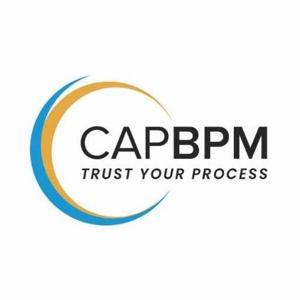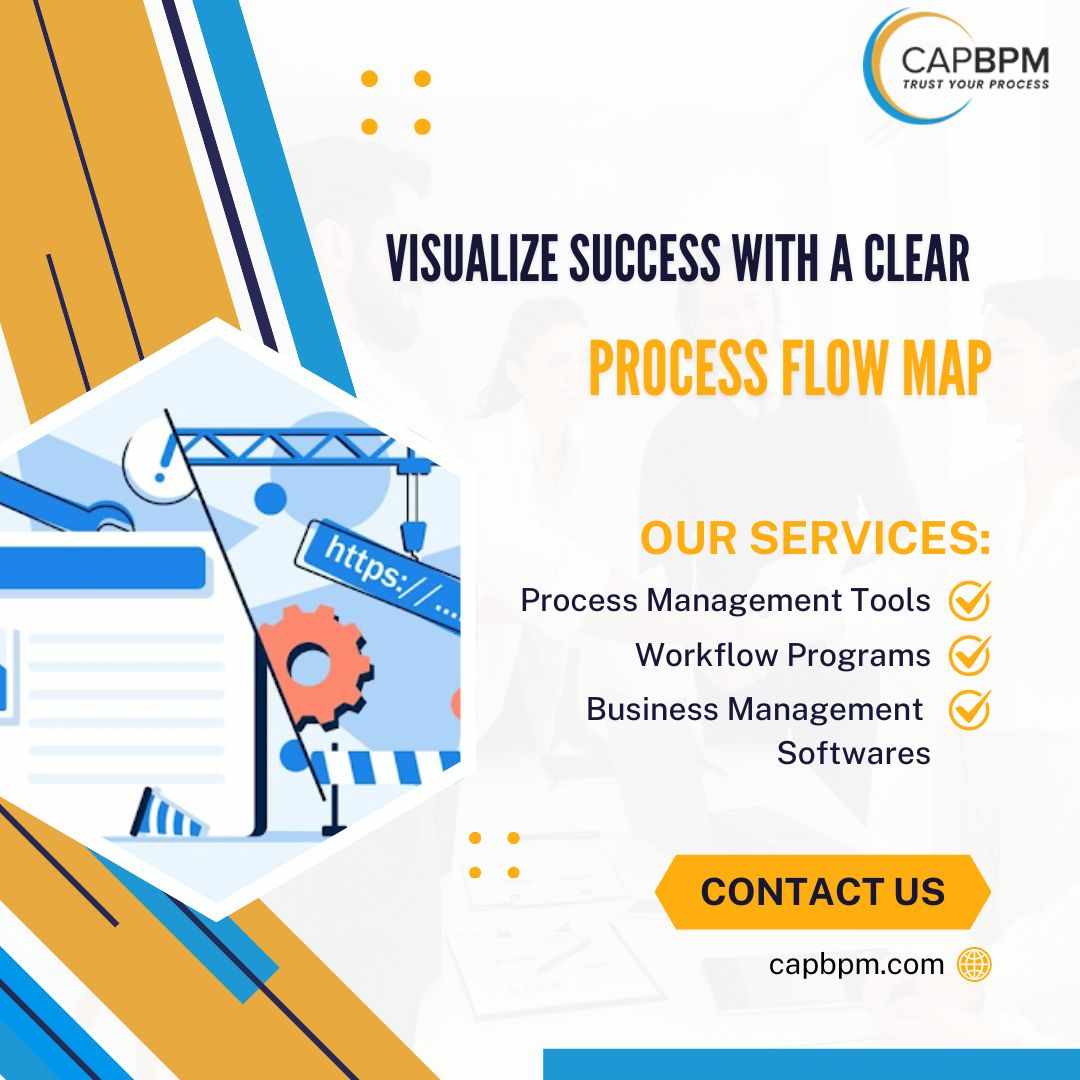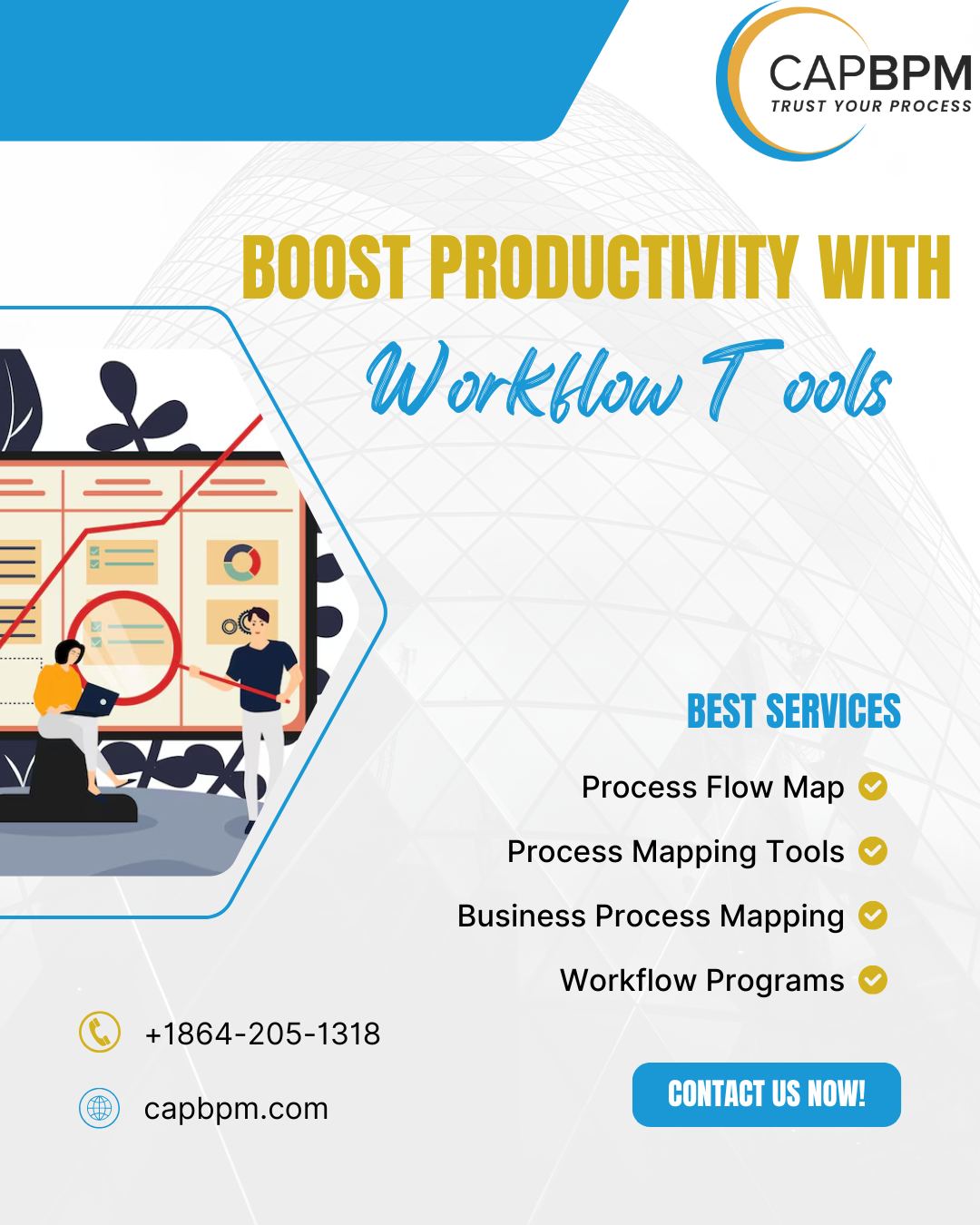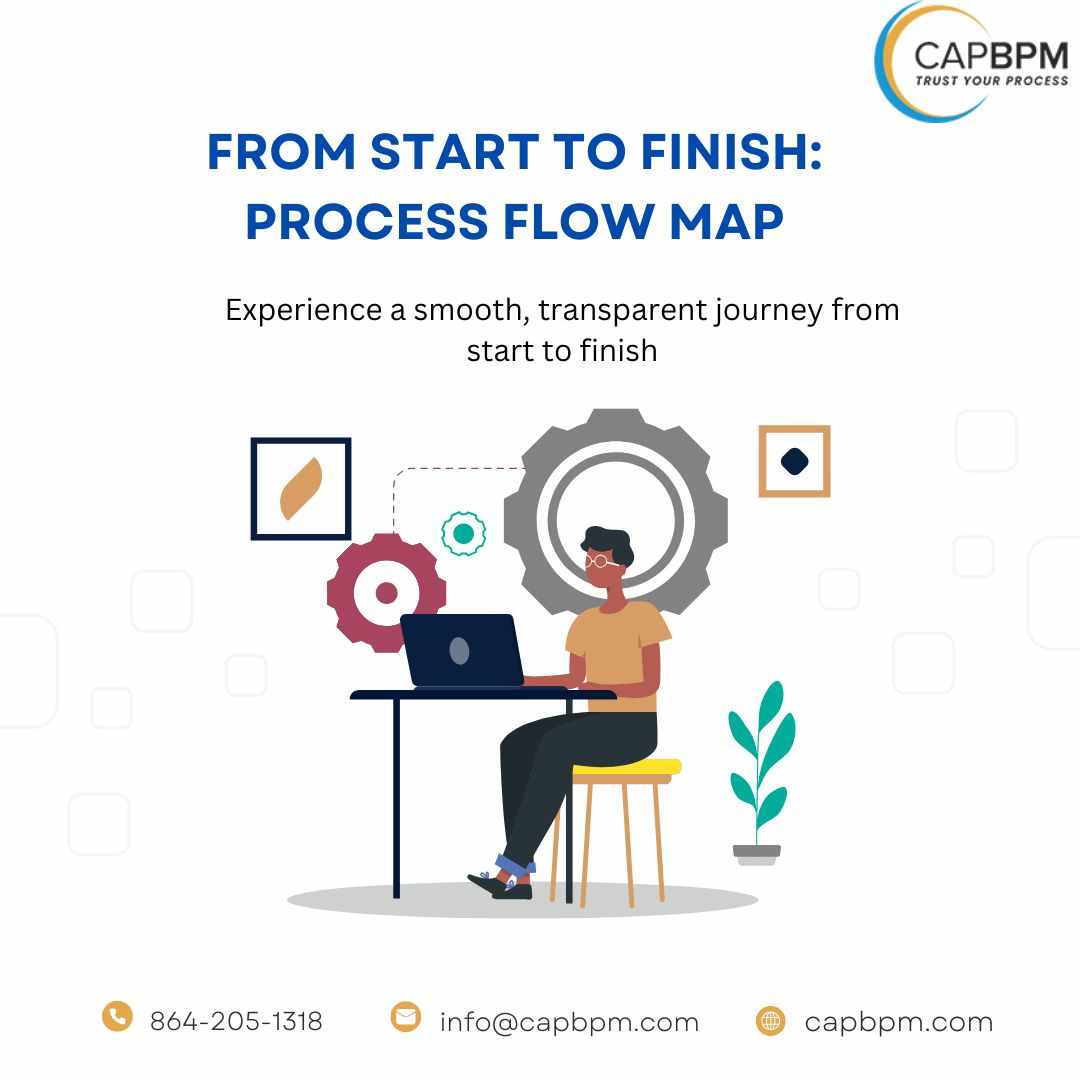In today’s competitive business landscape, organizations are constantly looking for ways to optimize their workflows and improve productivity. One of the most effective ways to achieve this is through the use of process mapping tools. These tools provide businesses with the ability to visualize, analyze, and streamline their processes, helping to eliminate inefficiencies and boost overall performance.
What are Process Mapping Tools?
Process mapping tools are software applications designed to help organizations create visual representations of their processes. These tools enable users to map out workflows, identify bottlenecks, and analyze each step to ensure the process is as efficient as possible. Typically, these maps are represented as flowcharts, diagrams, or charts that depict the sequence of tasks, decision points, and dependencies within a process.
By using process mapping tools, businesses can gain a clearer understanding of their existing workflows, making it easier to identify areas for improvement. Whether it’s for a customer service process, product development cycle, or internal communication procedures, these tools help organizations ensure their operations run smoothly and consistently.
Key Benefits of Process Mapping Tools
One of the major advantages of process mapping tools is their ability to improve communication and collaboration. When teams can visualize the entire process, it becomes easier to align efforts and ensure everyone is on the same page. This is particularly important when working across multiple departments or with remote teams.
Another benefit is the ability to identify inefficiencies. By clearly mapping out each step in a process, businesses can pinpoint bottlenecks, redundant tasks, or unclear responsibilities. With this insight, they can take corrective action to streamline workflows, reduce delays, and improve overall productivity.
Process mapping tools also make training and onboarding easier. New employees can quickly grasp how processes work by referring to the visual maps, reducing the need for extensive training sessions. This ensures a faster ramp-up time for new hires and helps maintain consistent performance.
Choosing the Right Tool
With a variety of process mapping tools available, it's essential to choose one that suits your business's specific needs. Whether you need a simple, user-friendly tool or a more advanced solution with automation features, there's a tool out there that can meet your requirements. Look for features such as drag-and-drop functionality, cloud access, integration with other software, and reporting capabilities.
Conclusion
In conclusion, process mapping tools are invaluable assets for any business aiming to improve efficiency, collaboration, and performance. By leveraging these tools, companies can visualize and optimize their workflows, ultimately driving growth and success in an increasingly competitive market.





Write a comment ...